#Historical
Text
807 notes
·
View notes
Text
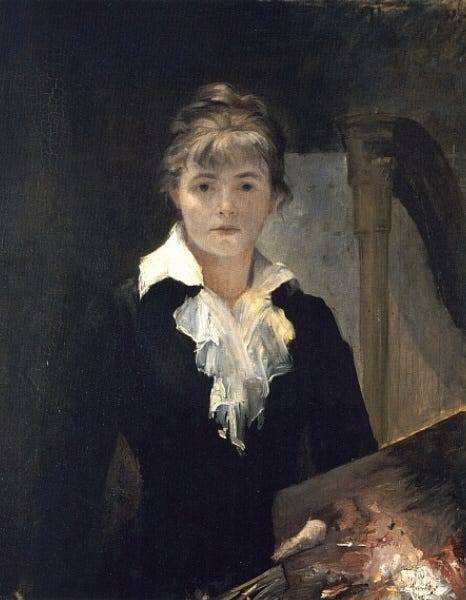

Louise Catherine Breslau (deceased)
Gender: Female
Sexuality: Lesbian
DOB: 6 December 1856
DOD: 12 May 1927
Ethnicity: Polish Jewish, German Jewish
Nationality: German / French (she moved around a bit)
Occupation: Artist
Note: Due to her success at the Salon and favorable notice from the critics, Breslau received numerous commissions from wealthy Parisians. She joined the Salon de la Société Nationale des Beaux-Arts in Paris in 1890, not only exhibiting in its salons but also serving on the jury. She eventually became the third woman artist, and the first foreign woman artist to be bestowed France's Legion of Honor award.
#Louise Catherine Breslau#Lesbian Visibility Week#lgbt history#lesbian history#jewish history#lesbianism#lgbt#female#lesbian#1856#rip#historical#jewish#ashkenazi jewish#german#french#artist#first#popular#popular post
166 notes
·
View notes
Text
youtube
Watch the American Climate Leadership Awards 2024 now: https://youtu.be/bWiW4Rp8vF0?feature=shared
The American Climate Leadership Awards 2024 broadcast recording is now available on ecoAmerica's YouTube channel for viewers to be inspired by active climate leaders. Watch to find out which finalist received the $50,000 grand prize! Hosted by Vanessa Hauc and featuring Bill McKibben and Katharine Hayhoe!
#ACLA24#ACLA24Leaders#youtube#youtube video#climate leaders#climate solutions#climate action#climate and environment#climate#climate change#climate and health#climate blog#climate justice#climate news#weather and climate#environmental news#environment#environmental awareness#environment and health#environmental#environmental issues#environmental justice#environment protection#environmental health#Youtube
5K notes
·
View notes
Text
[Hanfu · 漢服]Chinese Late Warring States period(475–221 BC) Traditional Clothing Hanfu Based On Based On Chu (state)Historical Artifacts

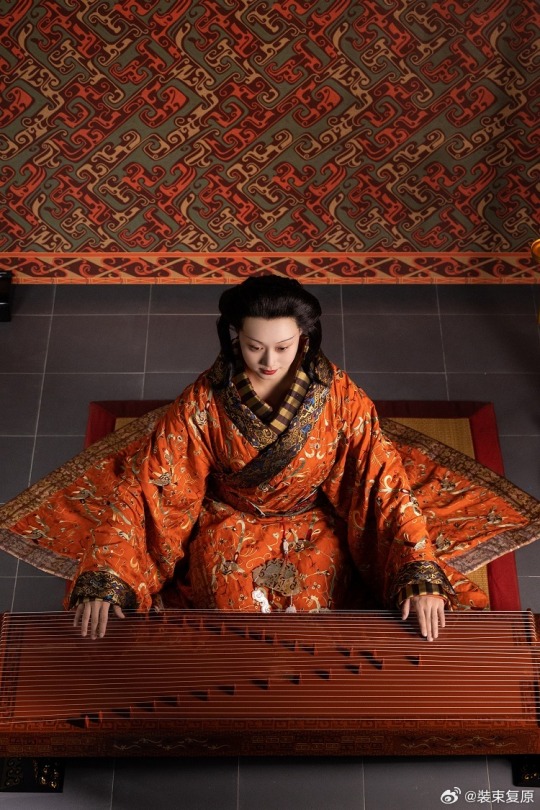
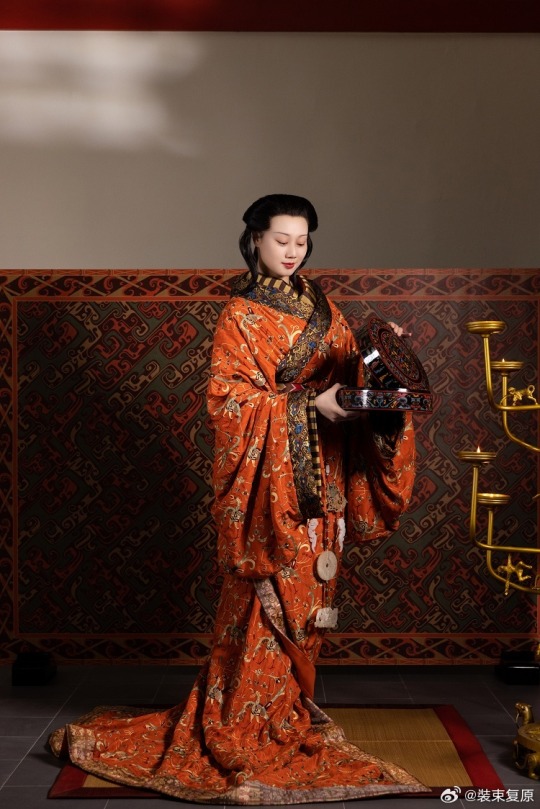
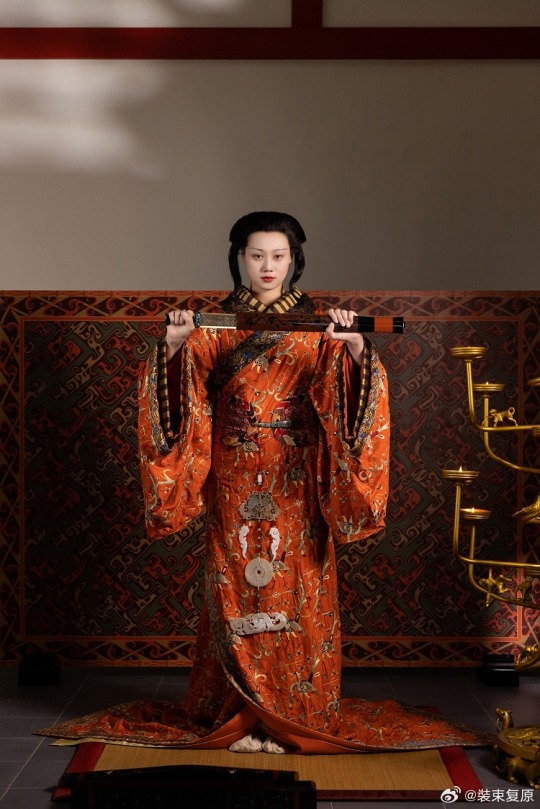
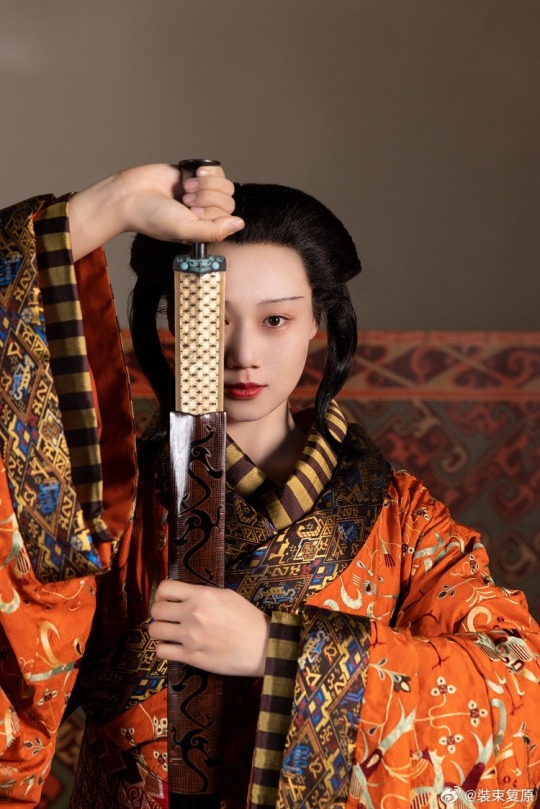
【Historical Artifact Reference】:
Late Warring States period(475–221 BC):Two conjoined jade dancers unearthed from Jincun, Luoyang,collected by Freer Museum of Art
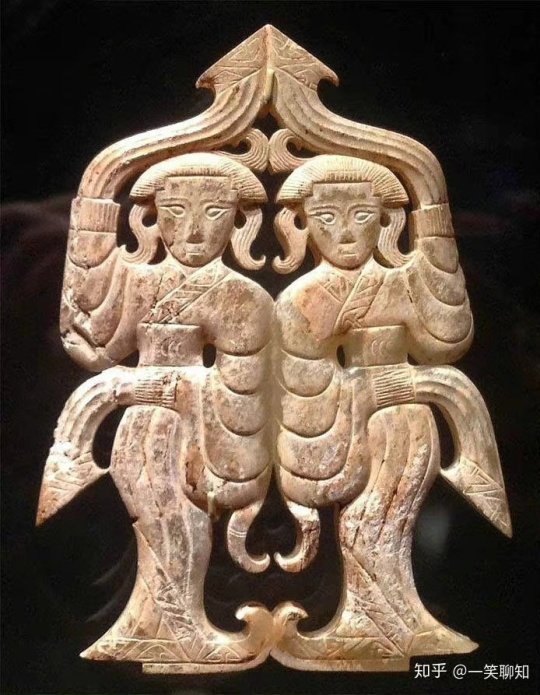
A similar jade dancer was also unearthed from the tomb of Haihunhou, the richest royal family member in the Han Dynasty, and was one of his treasures.

Warring States period, Eastern Zhou dynasty, 475-221 BCE,jade dancer by Freer Gallery of Art Collection.

Warring States period(475–221 BC)·Silver Head Figurine Bronze Lamp.Unearthed from the Wangcuo Tomb in Zhongshan state during the Warring States Period and collected by the Hebei Provincial Institute of Cultural Relics and Archaeology

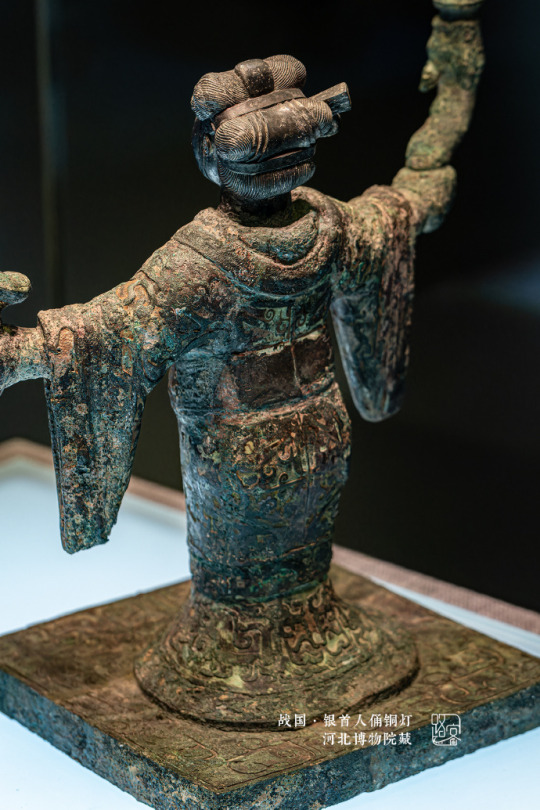
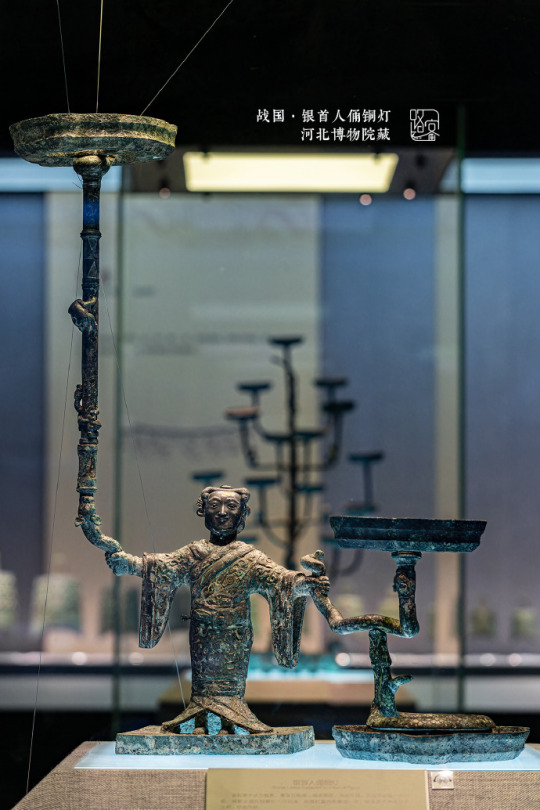
The figurine of a man dressed as a woman holds a snake in his hand, and 3 snakes correspond to 3 lamps.
Sword of Goujian/越王勾践剑:
The Sword of Goujian (Chinese: 越王勾践剑; pinyin: Yuèwáng Gōujiàn jiàn) is a tin bronze sword, renowned for its unusual sharpness, intricate design and resistance to tarnish rarely seen in artifacts of similar age. The sword is generally attributed to Goujian, one of the last kings of Yue during the Spring and Autumn period.
In 1965, the sword was found in an ancient tomb in Hubei. It is currently in the possession of the Hubei Provincial Museum.

【Histoty Note】Late Warring States Period·Noble Women Fashion
The attire of noblewomen in the late Warring States period, as reconstructed in this collection, is based on a comprehensive examination of garments and textiles unearthed from the Chu Tomb No. 1 at Mashan, Jiangling, as well as other artifacts from the same period.
During the late Warring States period, both noble men and women favored wearing robes that were connected from top to bottom. These garments were predominantly made of gauze, silk, brocade, and satin, with silk edging. From the Chu Tomb No. 1 at Mashan, there were discoveries of robes entirely embroidered or embroidered fragments. The embroidery technique employed was known as "locked stitches," which gave the patterns a three-dimensional, lively appearance, rich in decoration.
The two reconstructed robes in this collection consist of an inner robe made of plain silk with striped silk edging, and an outer robe made of brocade, embroidered with phoenixes and floral patterns, with embroidered satin edging. Following the structural design of clothing found in the Mashan Chu Tomb, rectangular fabric pieces were inserted at the junction of the main body, sleeves, and lower garment of the robe. Additionally, an overlap was made at the front of the main body and the lower garment to enlarge the internal space for better wrapping around the body curves. Furthermore, the waistline of the lower garment was not horizontal but inclined upward at an angle, allowing the lower hem to naturally overlap, forming an "enter" shape, facilitating movement.
The layered edging of the collars and sleeves of both inner and outer robes creates a sense of rhythm, with the two types of brocade patterns complementing each other, resulting in a harmonious effect. Apart from the robes, a wide brocade belt was worn around the waist, fastened with jade buckle hooks, and adorned with jade pendants, presenting an elegant and noble figure.
The reconstructed hairstyle draws inspiration from artifacts such as the jade dancer from the late Warring States period unearthed at the Marquis of Haihun Tomb in Nanchang, and the jade dancer from the Warring States period unearthed at Jin Village in Luoyang. It features a fan-shaped voluminous hairdo on the crown, with curled hair falling on both sides, and braided hair gathered at the back. The Book of Songs, "Xiao Ya: Duren Shi," vividly depicts the flowing curls of noblewomen during that period. Their images of curly-haired figures in long robes were also depicted in jade artifacts and other relics, becoming emblematic artistic representations.
The maturity and richness of clothing art in the late Warring States period were unparalleled in contemporary world civilizations, far beyond imagination. It witnessed the transition of Chinese civilization into the Middle Ages. The creatively styled garments and intricate fabric patterns from the Warring States period carry the unique essence, mysterious imagination, and ultimate romanticism of that era, serving as an endless source of artistic inspiration.
--------
Recreation Work by : @裝束复原
Weibo 🔗:https://weibo.com/1656910125/O6cUMBa1j
--------
#chinese hanfu#Late Warring States Period#Warring States period(475–221 BC)#hanfu#hanfu accessories#chinese traditional clothing#hanfu_challenge#chinese#china#historical#historical fashion#chinese history#china history#漢服#汉服#中華風#裝束复原
168 notes
·
View notes
Text

Caesar and Cleopatra on the cover of Volume 3 of Shueisha's 100th Anniversary Educational Manga World History drawn by Horikoshi
153 notes
·
View notes
Text
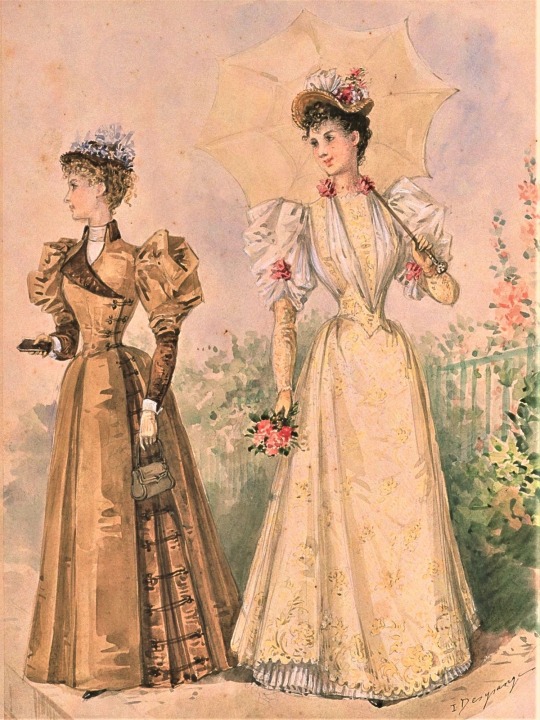
La Mode Illustree 1894
#historical fashion#fashion#historical#history#historical clothing#historical dress#long dress#textiles#victorian#victorian era#victorian clothing#1890s dress#1890s art#1890s fashion#1800s dress#1800s art#1800s fashion#19th century#19th century fashion#high fashion#old fashioned#dress#gown#fashion plate#histocial magazine#fashion magazine#fashion dress#victorian history#victorian dress#the gilded age
68 notes
·
View notes
Text

A British officer of the Army Veterinary Corps in Salonika with his pets which included two jackdaws, a wild goose, a wolf cub and an Alsatian dog. 1916
#World War One#The Great War#1918#1917#1916#1914#first world war#history#historical#historical photos#world history#canadian history#military history#british army#Indian History#war#military#somme#Battle of the Somme#france#belgium#the western front#vimy ridge#Battle of Vimy Ridge
37 notes
·
View notes
Text
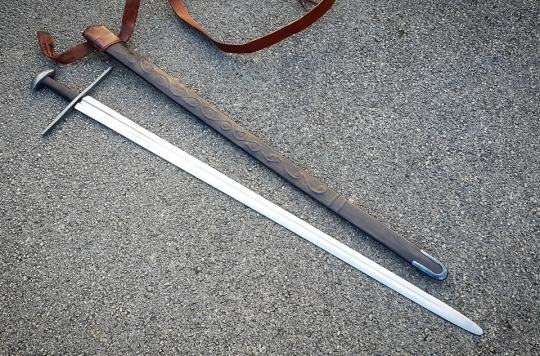


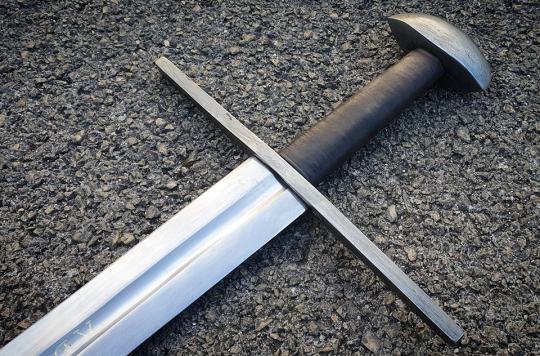

A Sword and Scabbard, in the style of the XI-XIIth centuries.
The blade itself follows one of the possible construction methods of the time, albeit being made of modern materials: a layer of high carbon steel forge-welded between lower carbon alloy. Thus hard steel is kept for the edges, and softer metal for the rest - which was also the point, as the fuller sports on both sides an inlay is brass, and although what it spells is not really historically accurate, the lettering at least is.
The straight Cross and Brazil Nut Pommel are of old iron with a nice, rich pattern, and both were made the "old way", with hammer and fire, according to methods I documented over the course of my PhD.
The Grip is vegetable tanned leather over linen thread over wood.
The scabbard is lined with parchment, and is made of beech wood covered in linen cloth - wrapped over near the point - and vegetable tanned leather. The decoration was made by gluing flax thread and leather cuts over the linen, and is inspired by folio 89 of the ms.002 (tome II) in the City Library of Boulogne-sur-mer.
The suspension system was heavily inspired by the wonderful scabbard in the treasury of the Bamberg cathedral (thanks to Roland Warzecha a.k.a. Dimicator for sharing this with us all), though here I used calf leather.
Chape is hand-forged in steel, and heat-blued.
It is 1018 mm long, with a 888 mm blade, 40 mm wide and 4.65 mm thick at its base. The span of the cross is 205 mm.
And although quite light (771 grams) it is still a powerful cutter, with a center of gravity some 18 cm down the blade.
Making this set was quite the learning experience, as it often is, and that's also one of the highlights of this trade.
Thanks to all who made this possible.
51 notes
·
View notes
Photo

Erich Lessing. Hungarian Revolution. Budapest. 1956
I Am Collective Memories • Follow me, — says Visual Ratatosk
#BW#Black and White#Preto e Branco#Noir et Blanc#黒と白#Schwarzweiß#retro#vintage#Erich Lessing#Hungarian Revolution#Budapest#1956#1950s#50s#history#histoire#história#Geschichte#歴史#historical#historisch#histórico#historique
28 notes
·
View notes
Text
Bitter Choco Decoration [ AMREV (A. Ham) ]
Original by Syudou
Cover By Miy_yuu
#art#amrev#history#historical#american revolution#amrev fandom#alexander hamilton#my art#amrev art#hamilton the musical#animatic#18th century#18th century rpf#historical alexander hamilton
27 notes
·
View notes
Text

Louisiana’s old state capital building
Baton Rouge
#photographers on tumblr#original photography#streetphotography#pointofview#imperfection#architecture#nighttime#black and white photography#lousiana#baton rouge#monochrome#historical
20 notes
·
View notes
Text
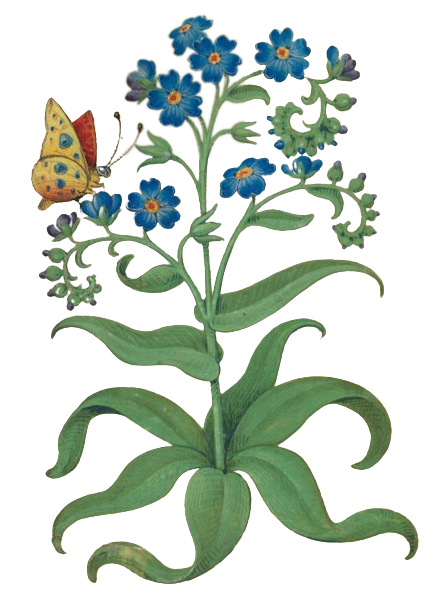
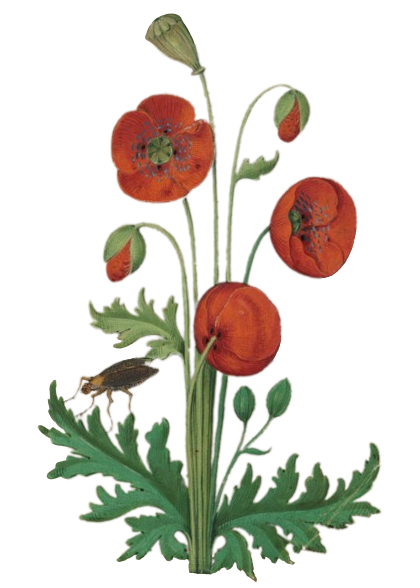

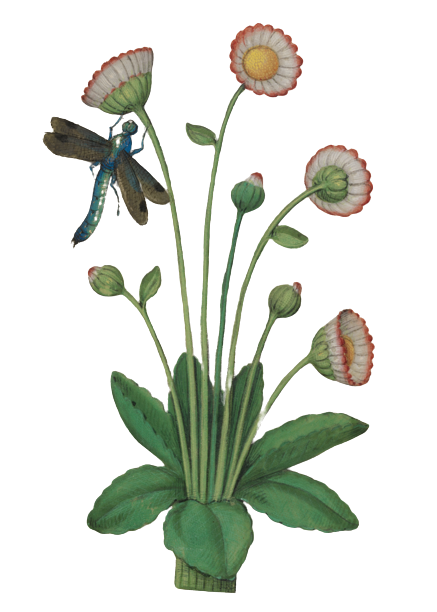
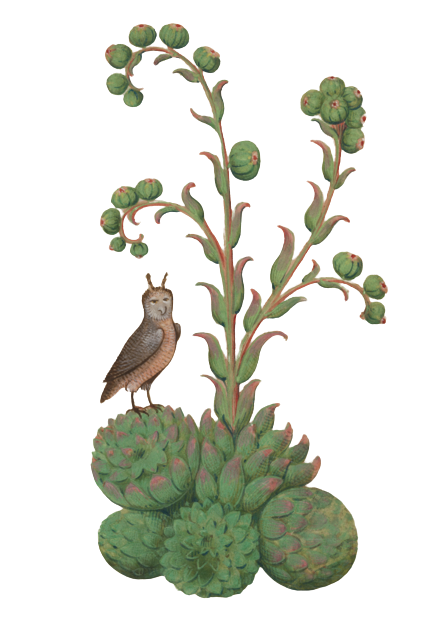
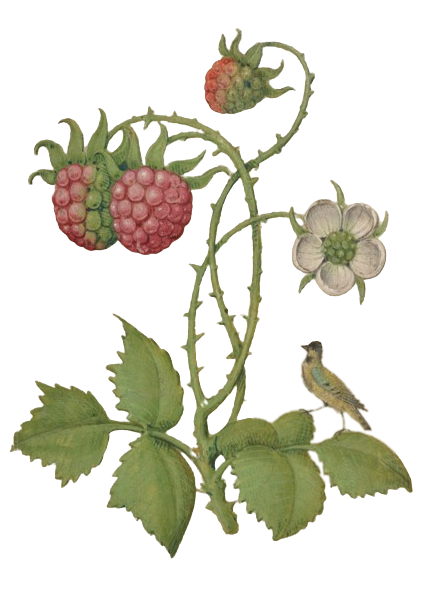
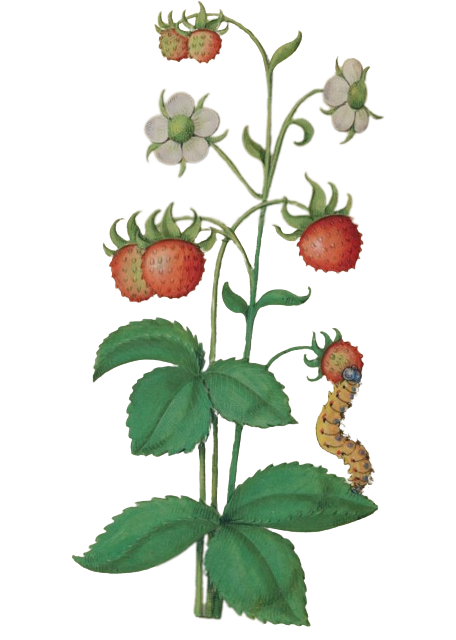


16th century flower illustration PNGs.
(source: Book of Flower Studies, ca. 1510–1515)
#png#pngs#transparent#moodboard#artboard#imageboard#sticker#stickers#collage#mixed media#16th century#1500s#historical
18K notes
·
View notes
Text
youtube
Watch the American Climate Leadership Awards 2024 now: https://youtu.be/bWiW4Rp8vF0?feature=shared
The American Climate Leadership Awards 2024 broadcast recording is now available on ecoAmerica's YouTube channel for viewers to be inspired by active climate leaders. Watch to find out which finalist received the $50,000 grand prize! Hosted by Vanessa Hauc and featuring Bill McKibben and Katharine Hayhoe!
#ACLA24#ACLA24Leaders#youtube#youtube video#climate leaders#climate solutions#climate action#climate and environment#climate#climate change#climate and health#climate blog#climate justice#climate news#weather and climate#environmental news#environment#environmental awareness#environment and health#environmental#environmental issues#environmental justice#environment protection#environmental health#Youtube
5K notes
·
View notes
Text
all period typical nicknames are free reign
#chitra.txt#historical#i could have fit more but i feel like that wouldnt be in the spirit of the era#like people existed who werent these but less common#polls
18K notes
·
View notes
Text

Nadine Hwang (deceased)
Gender: Female
Sexuality: Lesbian
DOB: 3 March 1902
RIP: Died 1972
Ethnicity: Chinese, white
Nationality: Various - she moved about but died in Belgium and lived with Nelly in Venezuela for 20 years.
Occupation: Lawyer, veteran, chauffeur, spy
Note 1: Was one of the first Chinese female pilots and served in the Chinese Air Force as an honorary colonel. There is evidence to suggest that Nadine Hwang also spied against the Nazis as an agent on behalf of the French Resistance.
Note 2: Had a relationship with opera singer Nelly Mousset-Vos
#Nadine Hwang#lgbt history#Lesbian Visibility Week#lesbian history#lgbt#bipoc#lgbtq#qwoc#female#lesbian#1902#rip#historical#asian#chinese#biracial#belgian#lawyer#veteran#spy#driver#first#popular#popular post
108 notes
·
View notes
Text


Sintra, Portugal
#dark academia#light academia#classical#academia aesthetic#academia#escapism#books and libraries#classic literature#books#architecture#old#building#historical#portugal#royal core#cottage core#goblincore#fairy core#magical#fantasy#aesthetics#mood#vibe#tumblr
7K notes
·
View notes
Text

La Mode Illustree 1890
#historical fashion#historical#fashion#history#historical clothing#historical dress#long dress#textiles#victorian#victorian era#fashion plate#histocial magazine#fashion magazine#magazine#1890s dress#1890s art#1890s fashion#1800s dress#1800s art#1800s fashion#19th century fashion#19th century#old fashioned#high fashion#dress#dresses#victorian clothing#victorian dress#victorian history#the gilded age
66 notes
·
View notes
Text

Officers of the 27th Division playing badminton in a village (possibly Stavros) in Salonika. 1916
#World War One#The Great War#1918#1917#1916#1914#first world war#history#historical#historical photos#world history#canadian history#military history#british army#Indian History#war#military#somme#Battle of the Somme#france#belgium#the western front#vimy ridge#Battle of Vimy Ridge
53 notes
·
View notes